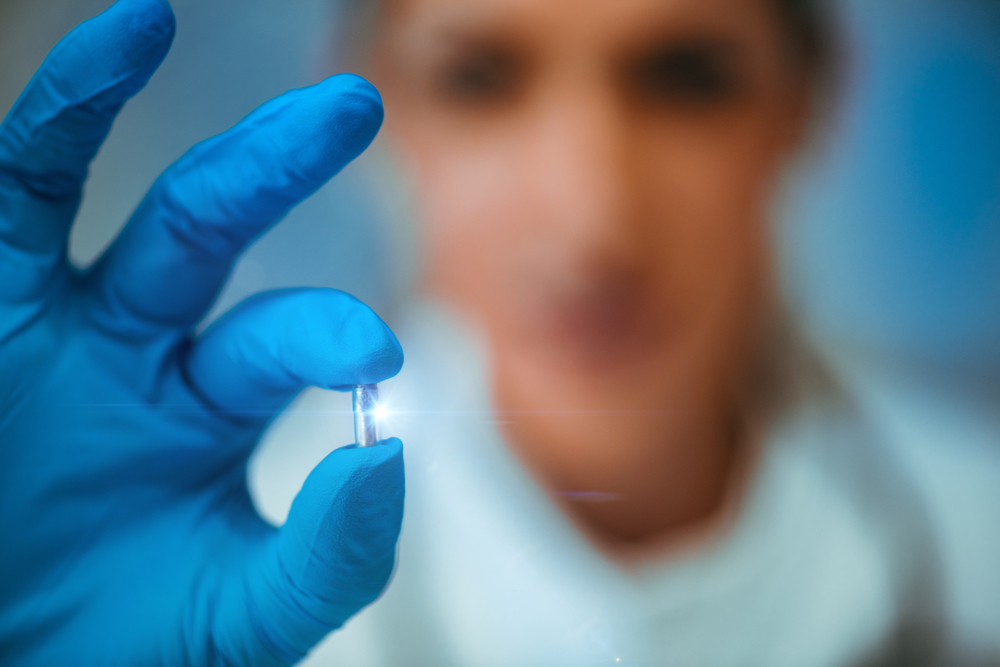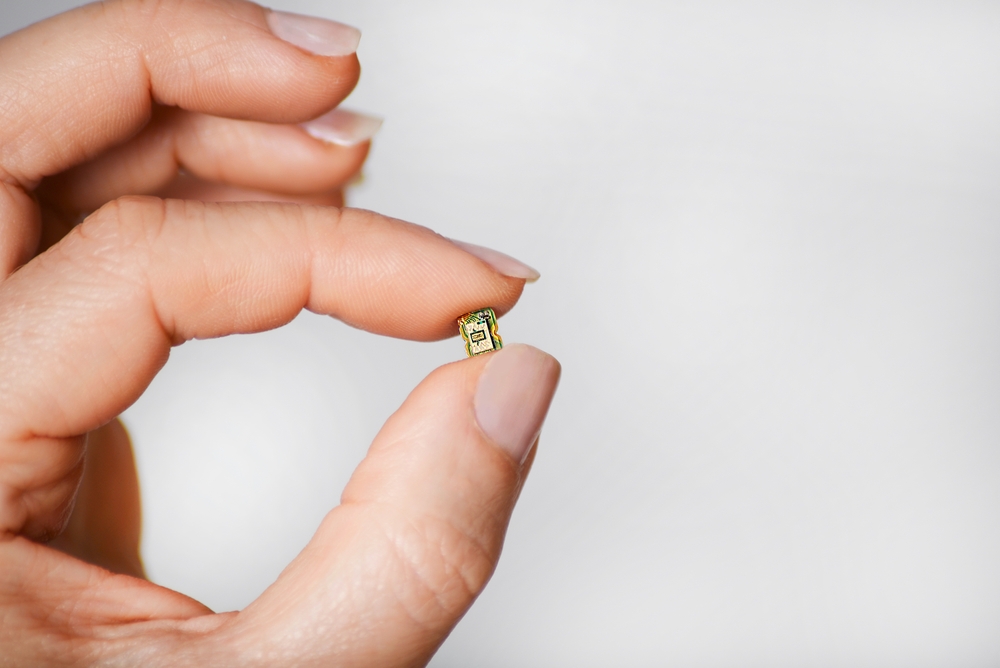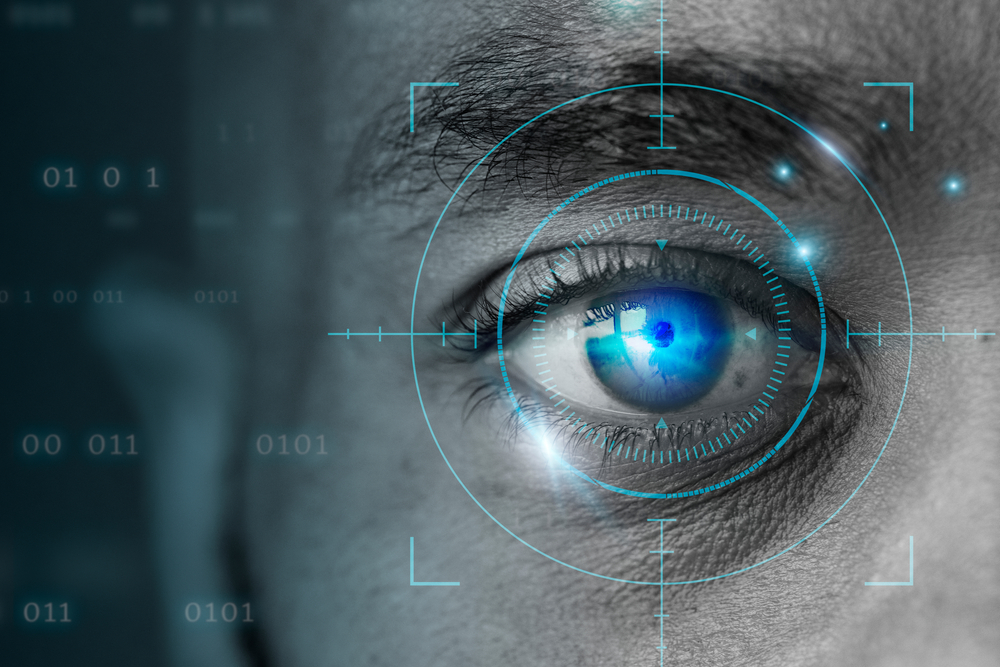From Wallets to Waves: How Sweden’s Microchips Are Changing Life

In Sweden, a quiet revolution is unfolding beneath the skin. Thousands of citizens are embracing tiny microchips implanted in their hands, transforming how they pay, travel, and identify themselves. What might sound like science fiction elsewhere has become an accepted part of daily life in this forward-thinking nation.
Reports from the World Economic Forum reveal that over 3,000 Swedes have opted for this innovative implant. About the size of a grain of rice, these microchips allow users to open doors, log into computers, and make contactless payments with a simple hand gesture. Sweden, long celebrated for its technological ingenuity, has taken another leap toward the seamless integration of humans and digital systems.
The adoption of this technology speaks volumes about Swedish society’s comfort with innovation. In a country already moving rapidly toward a cashless economy, the transition from wallets and ID cards to embedded chips feels less radical and more like an inevitable next step in convenience and connectivity.

How the Implants Work
The process behind these microchips is deceptively simple. They use Near Field Communication (NFC), the same short-range wireless technology that powers contactless credit cards and smartphones. Implanted between the thumb and forefinger, the chip can communicate with compatible systems whenever brought near a scanner.
The insertion procedure is straightforward and takes only seconds, similar to getting a piercing. Once inserted, the chip requires no maintenance, batteries, or recharging. It simply remains functional for years, quietly assisting its user in daily interactions.
Each chip is programmed according to individual needs. Some store transit tickets, others serve as access cards, while a growing number are being linked to digital payment systems. This level of customization gives each user a tailored experience, making the technology both practical and personal.
The result is an invisible bridge between human identity and digital infrastructure. People can move through their day without fumbling for wallets or keys, a vision of convenience that defines the modern Swedish lifestyle.
A Culture Ready for Innovation
Sweden’s reputation as a global technology pioneer did not appear overnight. Decades of investment in digital infrastructure and education have created a society eager to experiment with emerging technologies. Swedes are among the world’s earliest adopters of cashless payments, with many shops no longer accepting physical currency at all.
This readiness stems from a deep trust in institutions and technology developers. Citizens generally believe that innovation should enhance life rather than complicate it. The close cooperation between government, private enterprises, and the public has built a foundation for bold experimentation.
Companies such as Biohax International have played a crucial role in normalizing implantable tech. By demonstrating the safety and efficiency of microchips, they’ve helped transform the concept from curiosity to common practice. The microchip movement also dovetails with Sweden’s strong environmental ethics by reducing the reliance on plastic cards and disposable materials.
Ultimately, this openness reflects a national mindset that values progress and practicality in equal measure. To many Swedes, embedding technology under the skin feels no more invasive than carrying a smartphone in their pocket.
Everyday Advantages of a Chip-Driven Life
For those already implanted, the advantages are clear. The microchip makes daily routines smoother, from unlocking office doors to paying for groceries. It eliminates the need for physical items, lowering the risk of losing important cards or credentials.
Users frequently describe the experience as empowering rather than limiting. It simplifies access to services while offering a sense of futuristic control over one’s environment. For employees, microchips streamline security and attendance systems, while in healthcare, the potential applications are even more transformative.
Developers envision chips capable of storing medical information or alerting first responders during emergencies. The same technology could soon link to home automation systems, health trackers, and even digital identity verification platforms. The convergence of these functions could redefine convenience for an entire generation.
Sweden’s microchip adopters are not only testing new gadgets but participating in an ongoing experiment in human adaptability. Each implant represents a step closer to integrating the body and the digital world.

Balancing Progress and Privacy
As with any technological leap, Sweden’s chip revolution has not escaped scrutiny. Ethical and privacy concerns continue to stir debate, especially around the potential misuse of personal data. Could such implants one day become tools for surveillance or control? These questions remain at the forefront of the global conversation.
To address these fears, Swedish developers have emphasized transparency. Current microchips cannot track users through GPS or store sensitive information without consent. They only function when in proximity to compatible devices, much like contactless bank cards. This design ensures users maintain control over their digital identity.
Nevertheless, experts agree that clear regulations and ethical standards are crucial. Open communication about data handling and user rights will determine how society balances innovation with personal autonomy. The choices Sweden makes today could influence how the rest of the world approaches human-embedded technology.
A Glimpse Into the Tech-Integrated Future
Sweden’s growing community of microchip users may be offering a preview of what lies ahead globally. The fusion of human biology and digital systems signals a future where technology doesn’t just assist us but becomes part of who we are.
From smartphones to wearables, humans have been steadily inching closer to this level of integration. The microchip implant represents the next step, one that blurs the line between user and tool. As societies grow increasingly digital, such innovations could redefine identity, security, and convenience.
This movement challenges us to think deeply about what it means to be human in a technological age. Rather than fearing the loss of humanity, many Swedes view this evolution as an opportunity to enhance it. Technology, when guided ethically, can amplify human potential rather than diminish it.
In addition to practical benefits, this integration opens up possibilities for research into human-machine symbiosis. Scientists and sociologists are exploring how such implants could reshape communication, healthcare, and even social interaction. As these devices become more advanced, they may not only store information but also help bridge physical and digital realities in ways that redefine what it means to connect in the modern world.

The Future of Human Integration
Sweden’s bold experiment with microchip implants underscores the nation’s role as a testing ground for tomorrow’s technology. It reveals how innovation, when met with curiosity and trust, can transform the ordinary into the extraordinary. Whether these chips become a universal norm or remain a niche trend, they have already reshaped conversations about the relationship between people and machines.
In the end, Sweden’s story is not about gadgets but about vision. It demonstrates how societies can embrace change with confidence, turning imagination into reality. And as the world watches, one question lingers: will other countries follow Sweden’s lead toward a future where technology truly becomes part of us?
Featured Image Credit: Courtesy of Microgen | Shutterstock
Loading...

